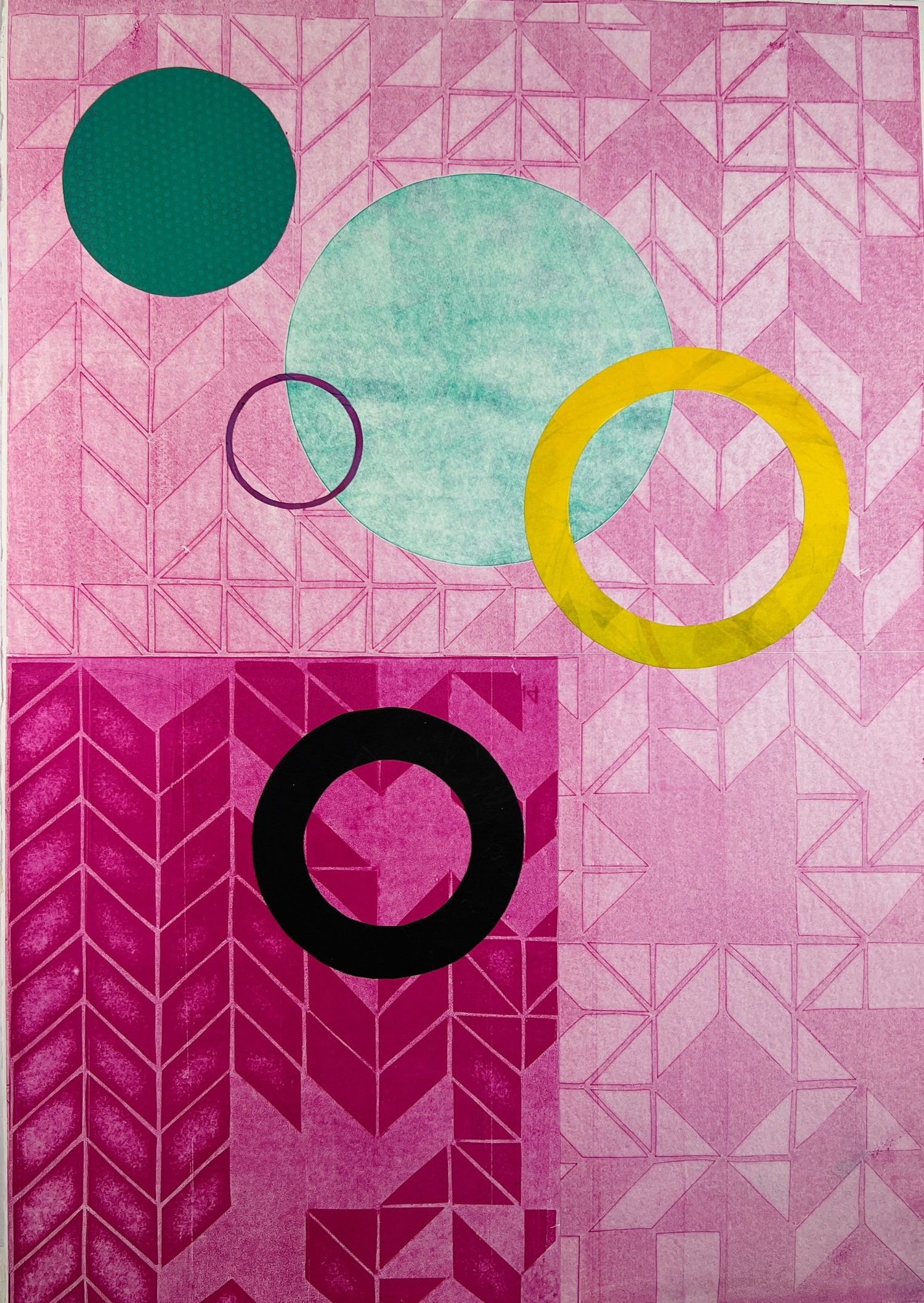The concept of infinity has long beckoned the curious minds of mathematicians, philosophers, and scientists alike. This elusive idea evokes fascination, contemplation, and, at times, bemusement. In the realm of mathematical discourse, infinity introduces a wide variety of paradoxes and intricacies, often challenging our conventional understanding of quantity and magnitude. This article endeavors to engage with the multifaceted nature of infinity, exploring its representations, implications, and the inherent puzzles that arise from its consideration.
At its core, infinity encompasses the notion of an unbounded quantity. Whether expressed mathematically or philosophically, it escapes definitive characterization, leading to both profound realizations and perplexing conundrums. The simplicity of the term belies its complexity; after all, how does one conceptualize what is essentially ‘without limit’? The Greeks initiated the discourse with the notion of the infinite as tied to the cosmos, a representation of the boundless and the ever-expanding. Cantor’s work in the late 19th century advanced this dialogue, firmly establishing the distinction between different types of infinity—countable and uncountable. Such distinctions delineate not only the magnitude of sets but also their very nature.
Countably infinite sets, such as the set of natural numbers, entail a system that can be paired with the integers, thereby exhibiting a semblance of order. The infinite sequence of 1, 2, 3, dots ad infinitum, showcases this clarity of structure. In contrast, the continuum of real numbers signifies an uncountable infinity, one that unveils a deeper complexity. The incomparability of its elements, as illustrated by the Cantor diagonal argument, reveals the limitations of counting in expressing infinite varieties. This divergence foreshadows the grander implications of understanding infinity: not only are there different magnitudes of infinity, but they also resist easy comprehension and categorization.
To delve further into the fascination with infinity, one must address its emerging presence in various scientific domains. The universe itself, in its grandiosity, underscores infinite concepts. For instance, in cosmology, the notion of an infinite universe invites deep reflection on existence and the structure of reality. The oscillating universe theory posits a cyclical model of cosmic expansion and contraction, suggesting a continuum that traverses beyond our finite perceptions. Such inquiries lead to the enigmatic concept of singularity, an infinite density concentrated within a minuscule volume—a testament to nature’s audacity to incorporate infinity into its laws.
Beyond the empirical sciences, infinity permeates philosophical debates, particularly within metaphysics and epistemology. Philosophers grapple with the implications of an infinite regress in causal arguments, a consideration that can undermine foundational assumptions of reality. The metaphysical underpinnings of existence pose challenging frameworks where infinite scenarios unravel clear logical conclusions. The question of whether infinity, in either positive or negative formulations, can possess genuine ontological status continues to ignite spirited discourse. This existential wrestling—what can be known, and how do we ascertain the infinite—provokes countless contemplative exercises.
The psychological allure of infinity extends into the aesthetic realms as well. Artwork and literature often employ infinite motifs as devices to evoke profound emotional responses. The infinite in visual art challenges viewers to confront concepts of eternity and vastness, often leaving them entranced yet unsettled. Similarly, literary works that incorporate infinite ideas frequently elicit a sense of existential exploration and depth. The representation of infinity, whether through symbolic imagery or allegorical narrative, invites reflection on the complexities internal to the human condition—our desires, fears, and the quest for knowledge.
The paradoxes associated with infinity further enrich our understanding and appreciation of the topic. For instance, the well-known paradox of Hilbert’s Hotel provides a striking illustration of infinite properties. A hypothetical hotel with infinite rooms can accommodate an additional guest, even when fully occupied, by moving each current resident to the next room. This dilemma deftly illustrates the counterintuitive nature of infinity, compelling us to examine the implications of endlessness on our comprehension of space and occupancy. Such paradoxes not only challenge mathematical reasoning but also invoke deeper philosophical contemplation surrounding existence and reality.
In conclusion, the captivating exploration of infinity traverses the realms of mathematics, science, philosophy, and art, revealing an intricate tapestry woven from both theoretical and existential concerns. Our fascination with infinity arises from its seemingly paradoxical nature—something that is inherently limitless yet provokes questions that confront and challenge our understanding. Wrestling with these infinities is not merely an academic endeavor; instead, it reflects a profound inquiry into the very essence of existence, pushing us to grapple with that which is beyond the finite and the comprehensible. As we venture further into the infinite, we find ourselves not only on an intellectual expedition but also in the profound exploration of what it means to be human in a universe without bounds.










